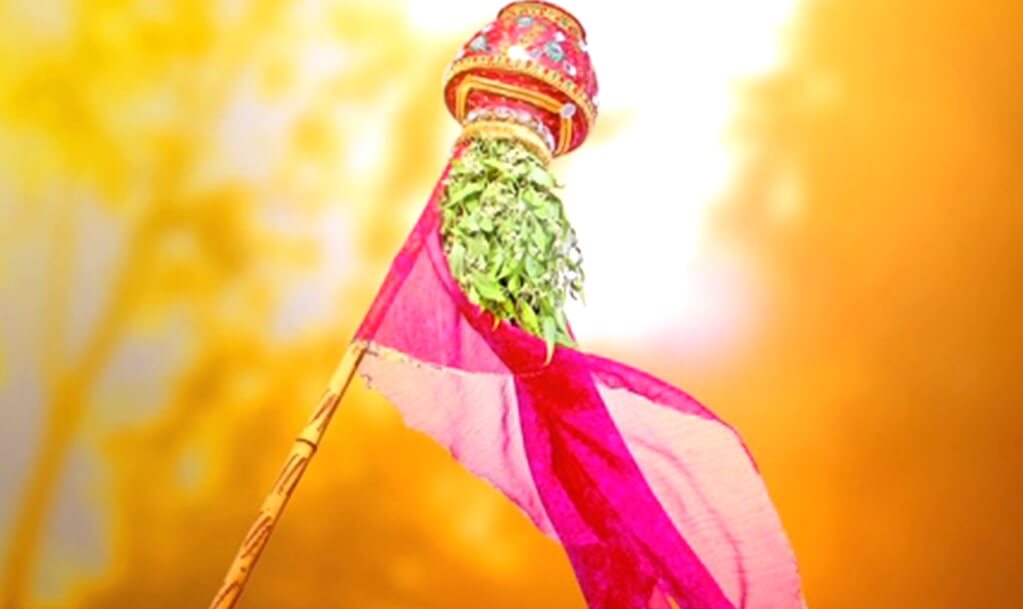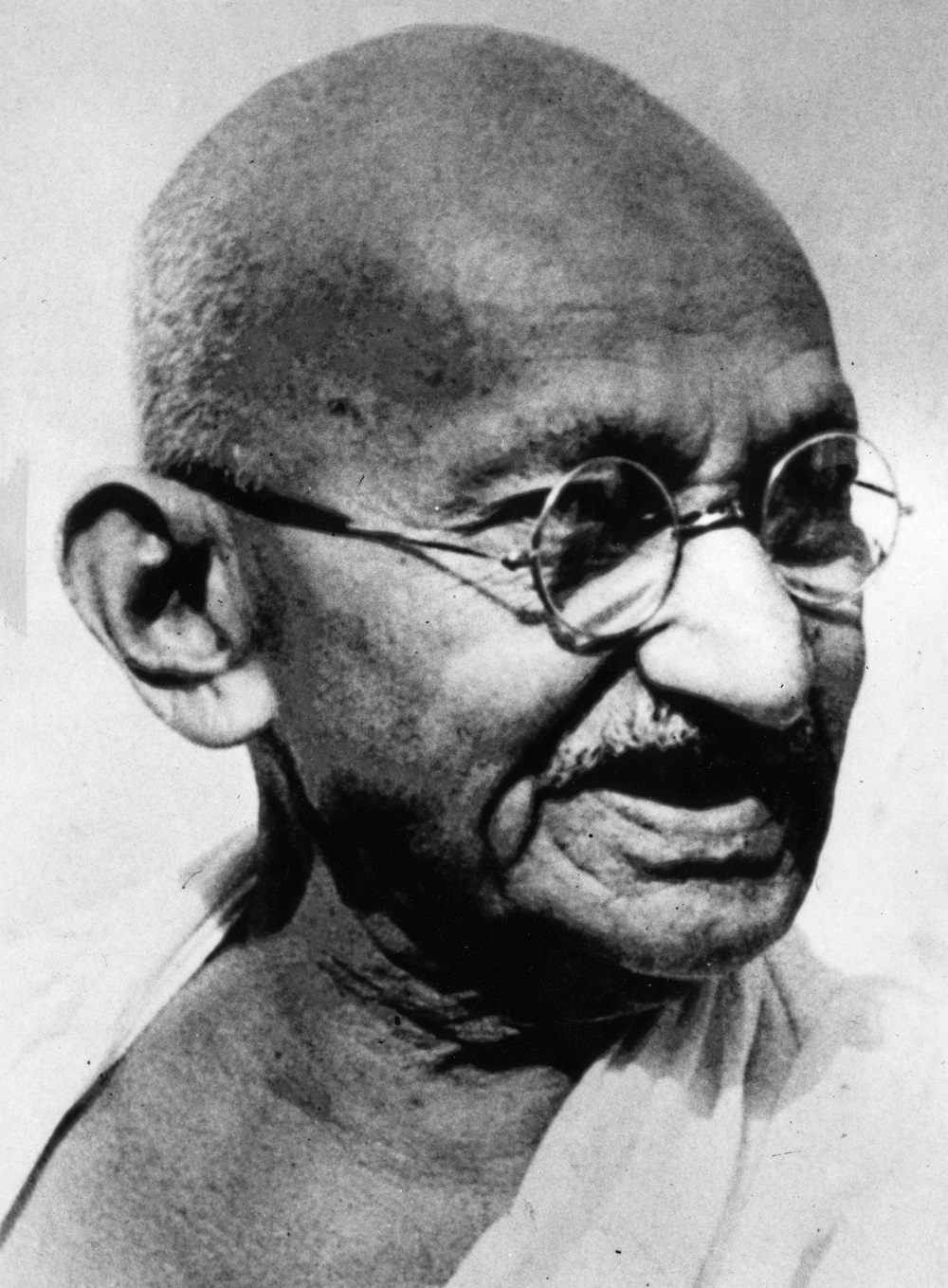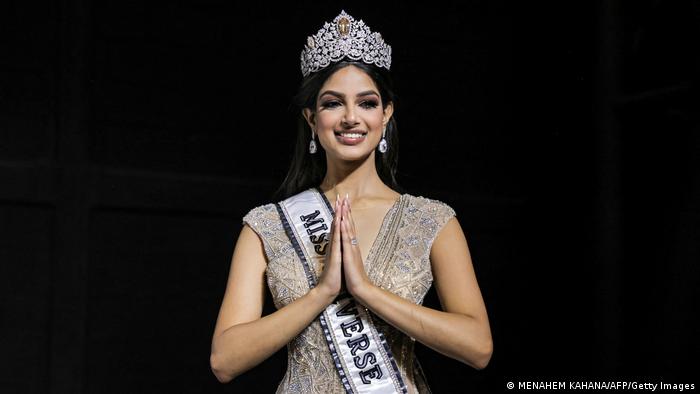India is a land of festivals, reflecting its rich cultural heritage. We Indians are fortunate to have so many festivals. We have a festival for each occasion, be it the beginning of the year, the beginning of the season, thanksgiving for good harvests, marking lunar and solar cycles, birth, marriages and reincarnation of our God Goddesses, mythological significant, religious commemoration and culture.
There is a famous saying “All is well that ends well”, but a perfect ending is a bud for other perfect beginning. The new year is the beginning of a new life with a new ray of new hopes and yearnings. In the Gregorian calendar (Scientific solar calendar), 1st day of month January is celebrated as New Year. But according to Hindu calendar, we have different days to celebrate New year as per region, season and religion. These days are celebrated in different parts of India here is the list of states in India.
What is Hindu Calendar and how it is different from English Calendar?
Hindu calendar is also called as Panchanga. There are basically two Hindu calendars followed in a different region of India.
In north India, people follow Vikram samvat as the calendar, named after king Vikramaditya and starts in 57 BCE. It is a lunar calendar takes into account the movement of the moon. This calendar also has 12 months like the Gregorian calendar. However, there are 354 days in a year according to the Lunar calendar compared to 365 days in the Gregorian calendar. Hence every third and fifth year in a cycle of five years has 13 months (the 13th month is called Adhik Maas).
Difference between Lunar and Solar cycle based calendar
In South India, Shalivahan Saka is being followed, based on solar movements. According to the lunar cycle based calendar, New year shall fall in spring, “King of all seasons”.
Whereas, as per the solar based calendar, New year shall fall in autumn.
In lunar calendars, waxing and waning cycle of the moon, two paksha forms, Shuklapaksha and Kishan paksha. One paksha has 15 days, Shukla Paksha ends with a full moon (Poornima) and Krishan Paksha ends with no moon day (Amavasya).
Saka Samvat has been adopted as an official civil calendar by India on 22 March 1957. Saka Samvat starts from 78 AD, whereas Vikram Samvat starts from 57 BC. Bali celebrated Nyepi, translated as the Day of Silence, on March 22 or Saka New Year.
Most of the states of India have different new years. This article we are focusing mainly on the new year of Maharashtra state of India. We already have a different article on the new years of different parts of India in the following article.
Gudi Padwa – New Year of Maharashtra State of India

Gudhi Padwa: the traditional new year of Maharashtra, celebrates the onset of spring and the reaping of Rabi, the winter crops, in Maharashtra. The Gudi Padwa festival is also known as Samvatsar Padvo. It is celebrated on the first day of the Chaitra month to mark the beginning of the new year (6 April 2019). It falls on Chaitra Shukla Pratipadā, the first day of the bright fortnight of the Hindu lunar month of Chaitra.
Gudi Padwa falls around 15 days after Holi.
The festival is observed with colouful decorations called rangoli.
Gudi Flag
Gudi flag is a bright yellow or red cloth garlanded with flowers, mango and neem leaves tied to the tip of a long bamboo and copper or silver pot placed in inverted on it. Gudi is believed to ward off evil, invite prosperity and good fortune into the house.
This day is also the first day of Chaitra Navratri and Ghatasthapana also known as Kalash Sthapana is done on this day.
Historically, the Gudi symbolizes Lord Rama’s victory over Ravana and the happiness and celebrations that followed. Since a symbol of victory is always held high, so is the gudi (flag). The festival commemorates the coronation of Rama post his return to Ayodhya after completing 14 years of exile. The day also is considered the victorious day in Ancient India when Satavahana King Gautamiputra Satakarni defeated the Sakas.
According to the Vedic texts, it is considered the most powerful day of the year as Lord Brahmā created the Universe. It is also believed that Chattrapati Shivaji started celebrating Gudi Padwa. In Karnataka and Andhra Pradesh, the festival is celebrated as Ugadi and is observed by Telugu Hindus. The day also marks the beginning of Chaitra Navratri, that lead up to Ram Navami. The Sindhi community celebrates this day as Cheti Chand as the new year and observed as the emergence day of Lord Jhulelaal. Prayers are offered to Lord Jhulelaal and the festival is celebrated by making sweet delicacies.
Celebrations of Gudi Padwa
Special gudi delicacies are prepared and relished: special Sabudana Vada, Gudi Padwa special Shrikhand, Gudi Padwa special Puran Poli and Gudi Padwa special Kheer.
Women, wear Nauvari-a traditional a nine-yard Marathi style saree tucked at the back whereas men wear Kurta Pajama along with a saffron turban during the auspicious Gudi Padwa celebration.




